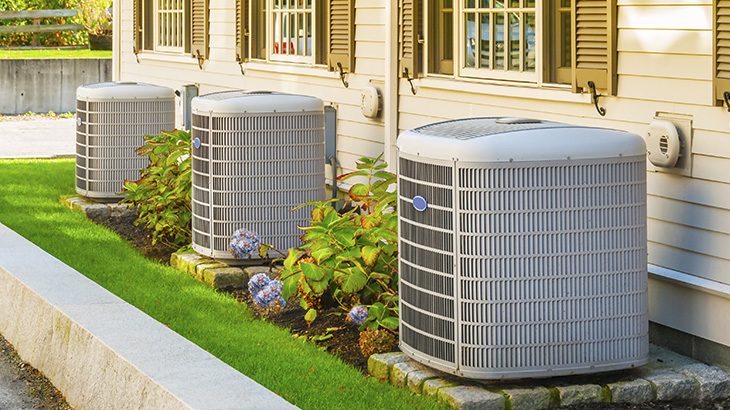How does an Air Conditioner Work?

At its very basic, an air conditioner uses a series of chemical and physical reaction to remove hot air from an area and replace it with cold air. It does so through chemicals that are able to convert from a gas to a liquid, and then back to a gas again easily. When a liquid converts into a gas it absorbs heat. This chemical reaction is used to take heat from inside your home and, through the process of airflow, push it outside.
The chemicals used in the process is called the refrigerant, and the air conditioner basic purpose is to move warm air to the refrigerants where they will absorb the heat. The component where the warm air and the refrigerants meet is called the evaporator coil, the refrigerant will absorb the warm air and convert from a liquid to gas state. Central air conditioners have specialized ducts designed to deliver the hot air to the heat absorbing refrigerants.
The process of taking the air to the evaporator coil effectively cools of the air which is then sent back into the home. The gaseous refrigerant then travels through the compressor, which squeezes the refrigerant molecules closer together, creating heat and energy. The heated refrigerant then goes through the condensing coil which acts like a radiator, dissipating heat outside the home. It is at this point the refrigerant changes back into its liquid form. The refrigerant then passes through a small hole back into the evaporator coil where the process starts over again.
Sometimes the technical jargon used by HVAC professionals can be hard to understand. Check out our list of Common Terms and Phrases used Regarding Air Conditioners.